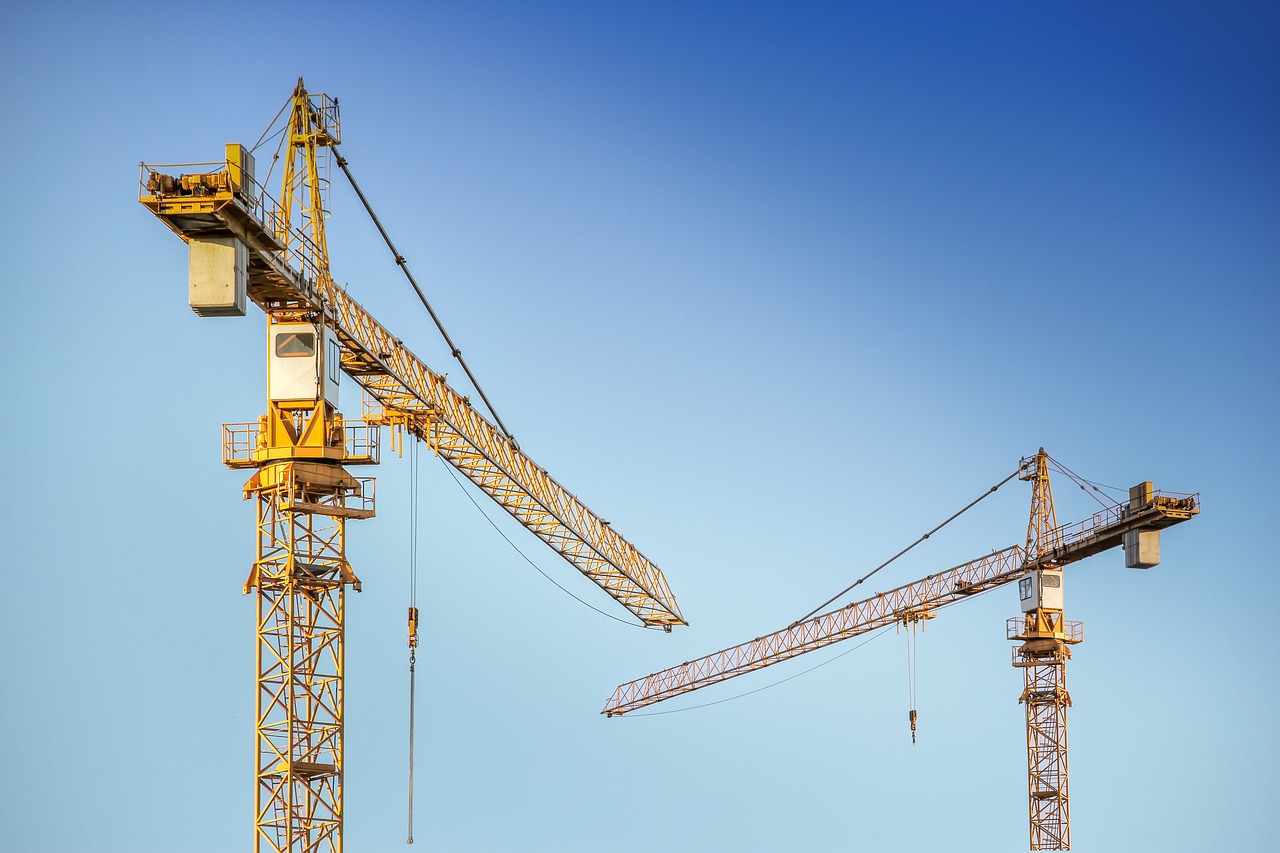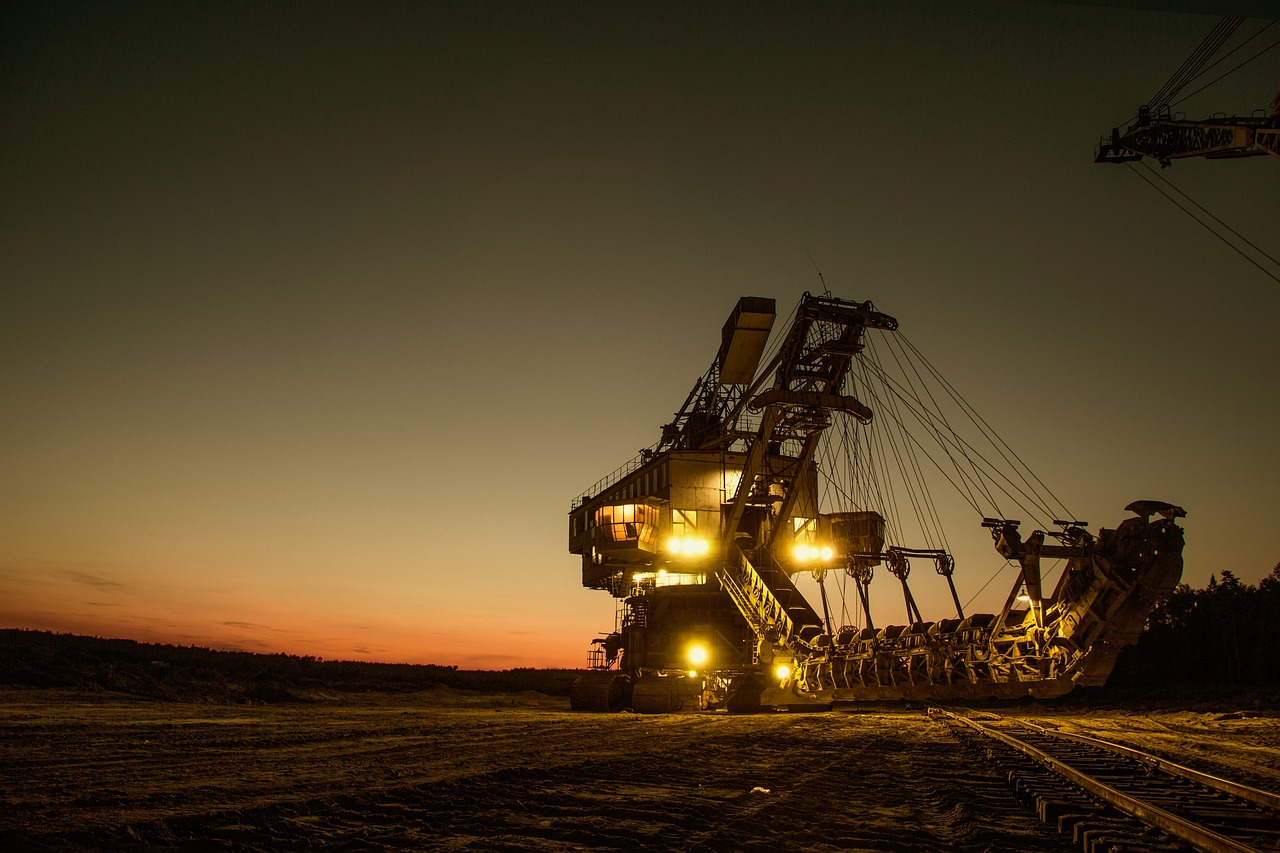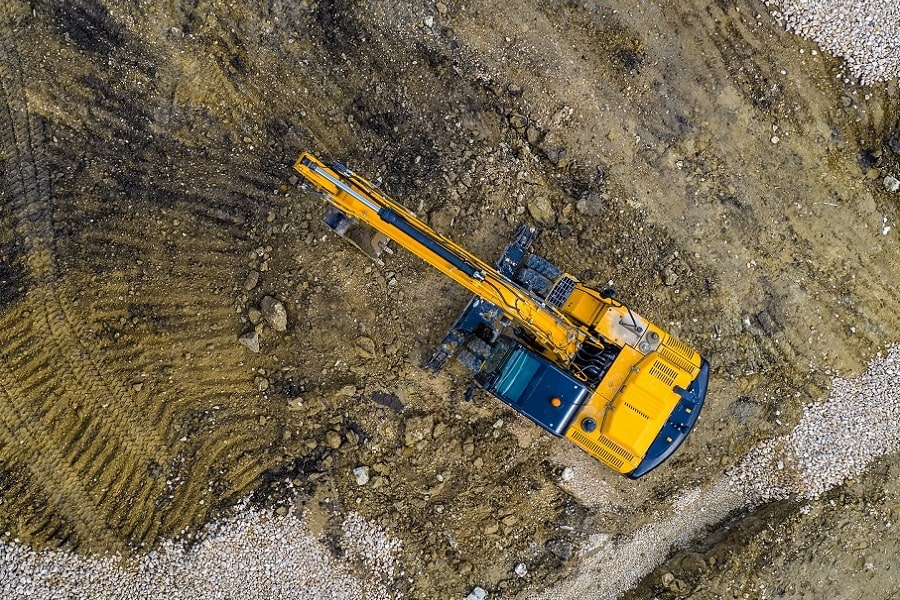Introduction
Choosing the right heavy machinery is essential for project safety, efficiency, and budget adherence. With a multitude of options available, selecting the best-suited equipment can be daunting. This guide offers key considerations to help you make an informed decision for your next project.
Assessing Project Requirements
Understanding Your Project’s Scope
Size, Duration, and Complexity: Larger, more complex projects necessitate heavy-duty equipment, while smaller projects might be better served by versatile, compact machinery.
Evaluating Site Conditions
Terrain and Workspace: Choose machinery based on terrain type and workspace size. Rough terrain demands tracked equipment, whereas confined spaces require smaller, more maneuverable machines.
Material Handling Considerations
Type, Weight, and Volume of Materials: Understand the materials you’ll be handling to determine the required capacity and capabilities of your machinery.
Evaluating Machinery Specifications
Performance Capabilities
Lifting Capacity, Reach, and Digging Depth: Ensure the machinery matches the project’s performance demands.
Fuel Efficiency
Cost Impact: Select machines with fuel-efficient engines or fuel-saving technologies to reduce overall project costs.
Operator Comfort and Safety
Ergonomic Design and Safety Features: Prioritize operator comfort and safety to enhance productivity and minimize accidents.
Lifecycle Costs
Total Cost of Ownership: Consider purchase price, maintenance, and fuel costs to ensure a beneficial long-term investment.
Considering Machinery Repair and Maintenance
Choosing Reliable Equipment
Minimizing Downtime and Repair Costs: Opt for machinery known for its reliability, ease of maintenance, and availability of replacement parts.
By integrating these considerations, you can select the most appropriate heavy machinery for your project, ensuring smooth operation from beginning to end.




